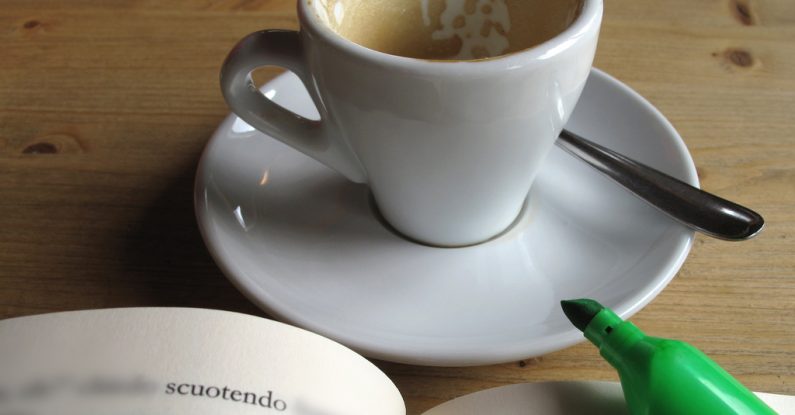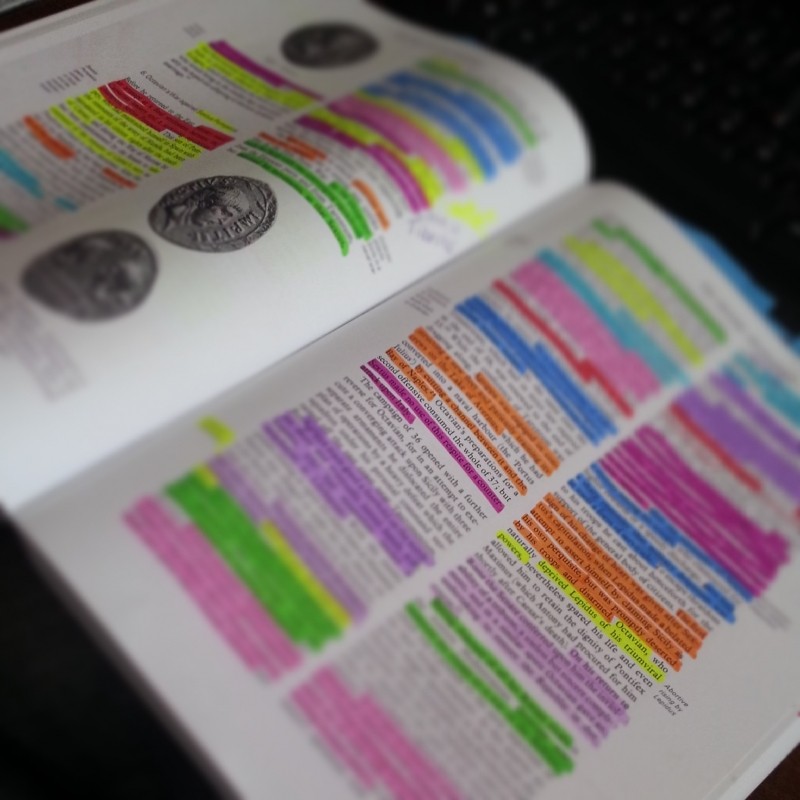
All presenters share a basic fear.
Freezing.
Going blank.
Great presenters take confidence in the notes they’ve prepared.
So how do you find the right balance between the safety of notes and the engagement of eye contact to improve your presentation skills?
Answer: you make your notes work for you.
In any presentation, there are two presentations going on.
One: your presentation to the audience.
Two: the presentation of your notes to you.
Here’s how to make sure you the nail the first by paying close attention to the second.
Everyone has a different style.
Some people like full notes and accept that eye contact will suffer.
Others ‘wing it’ without notes and often get found out, or freeze, or go blank.
Here’s how I use notes to engage, whilst having the confidence of knowing where I’m going.
Oh, preparation.
It’s how I gain confidence in both structure and content.
Here’s how to prepare from scratch.
Once you have that full script, you can condense it into something that works for you.
I use cue cards.
I find they allow me to tell a one-minute story, or make 60 seconds worth of points, before turning over and reading afresh from a new one.
Others prefer an A4 piece of blank paper, with headlines on one side and bullet points on the other.
Some use mind maps.
Whatever works for you, find your preferred format.
Write a headline for each new section of your presentation.
These should stand out clearly form your page and allow you to glance down to see where you’re going next.
I write a headline at the top of each new cue card.
These headlines should be one word and say to you immediately: this is what the next section is about.
Too wordy and you’ll lose eye contact.
Too small and you’ll be unable to see it.
Block capitals, bold, one word.
It’s very difficult to look down at your notes, see words like ‘sustainability’ and ‘resources’ and know what you meant when you prepared your notes.
They’re abstract concepts.
Your brain gets confused.
If you want to reduce your content, far better to use names of places, people, things, numbers.
Consider the following sentence:
“Over the last fifteen years, we’ve seen a 25% increase in sales, with Liverpool and the rest of the North-west doing particularly well’.
Many people would reduce that to ‘sales increase’.
I would reduce it to:
“Last 15 years // 25% up // Liverpool, NW”
The numbers and location tell me immediately what the sentence is about.
Liverpool conjures up an image, so I can visualise what I was meaning when I write the full script.
I can glance down, pause and take confidence in what I’m about to say.
Now for enthusiasm.
The most underrated of virtues in a presentation.
Prepare the areas where you want to inject enthusiasm.
These are the words and phrases you want people to remember the most.
By highlighting these in bold or coloured highlighter, you can now be three times more enthusiastic over these would than you would otherwise have been.
Build in obvious pauses.
Half-seconds between words.
One second after each sentence.
Two or three seconds in between paragraphs.
I use a line break // to show me where to pause.
Pause particularly over lists, where people need time to digest your 1-2-3.

With cue cards, you can build these pauses in.
Make sure you finish the point before turning to a new card.
That allows you a natural break, without the awkwardness of fumbling through your notes at the wrong point.
Know your in-points and out-points
Write down your first line of each story.
Write down the very last thing you’re going to say.
Now you can create punchlines and crescendos.
It’s a simple one, but we see it go wrong often.
Order your pages from 1 onwards so you are absolutely clear of the order.
It’s always worth having them.
Have your full notes nearby, just in case.
Make sure you hit the right notes in your speech.
Practise the annunciation and pauses.
Reduce and reduce until you’ve comfortably presented three times with the notes in front of you.
You’re good to go.
Andrew McFarlan is the Managing Director of Pink Elephant Communications in Glasgow.
You can view his full profile here.
Photos by quinn.anya / CC BY-SA; Christiaan Colen / CC BY-SA; Bev Goodwin / CC BY-SA; Anson Chappell / CC BY-ND; angelocesare / CC BY-ND; all on Foter.com.
27th June 2018 Featured in: Blog, Presentation skills training blogs, Public speaking training blogs By: Pink Elephant
Some media trainers knock you down…and leave you down. Our media coaches show you how to deal with each knock…and still win through. So you have the presentation skills to perform – with confidence.